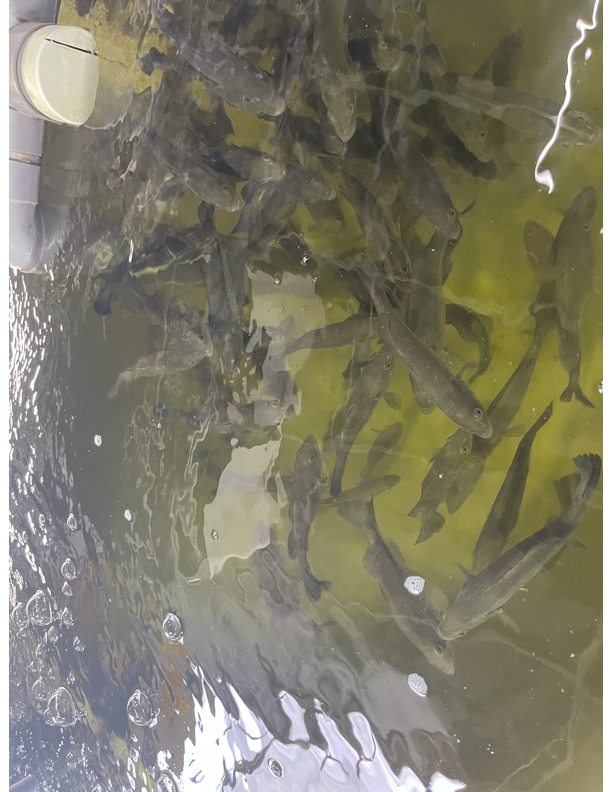5/30/2023 – Ana Panday
Today we were able to visit various farms to witness firsthand the issues and potential solutions discussed during yesterday’s department meetings with National Pingtung University for Science and Technology. We first began in Xiangyang Vanilla Farm, where they implement agrovoltage, also known as agro-photovoltics, to provide energy for the vanilla farm. Agrovoltaics is designed to use less sunlight to yield the same amount of products, which increases the economic value of the crop. Xiangyang Vanilla Farm is a non-profit organization that grows vanilla for 8 months and processes them, via fermentation, for another 6 months until it is ready for sale. One of the three workers on the farm explained that for a long time land for farming was a large issue, but with government subsidies it has become less of an issue. A more current concern is the increasingly salinization of fresh water with the rising ground water, which is irreversible.
We then headed to Gangcai Wetland, another non-profit organization, where we saw one of two methods of raising the wetland structure above the ground. The other main structure are boathouses in Seattle, which are more expensive and require certain specific levels of water. The structure was built and powered with solar panels following the destruction of Typhoon Morakot in August of 2009.
After a lunch at the wetland, we went to an inland aquaculture known as, Wenfeng Seawater Supply Station, which supplies water for many family businesses pursuing aquaculture. At this location and the following fishery and electricity symbiosis, Wenfeng Energy Indoor Aquafarm, we saw large usage of PVC piping to supply and transport water. As previously mentioned in my May 26th post, PVC is a pervasive plastic polymer that is non-recyclable nor biodegradable. While the owner explained to us that the pipes are used for 50 years before recycled, it is still important to note that these pipes are not necessarily easy to recycle and can still become faulty before their full 50 year use and get discarded. Both locations also discussed the role of electrical companies and renewable energy to allow the pumping stations and aquafarms to function. The income from solar panel energy on the aquafarm was 3 million New Taiwan Dollars annually, however, the panels cost 27 million NT$ to install in the first place. In each of these locations we were able to understand and examine much of the information NPUST had provided us with from yesterday.



